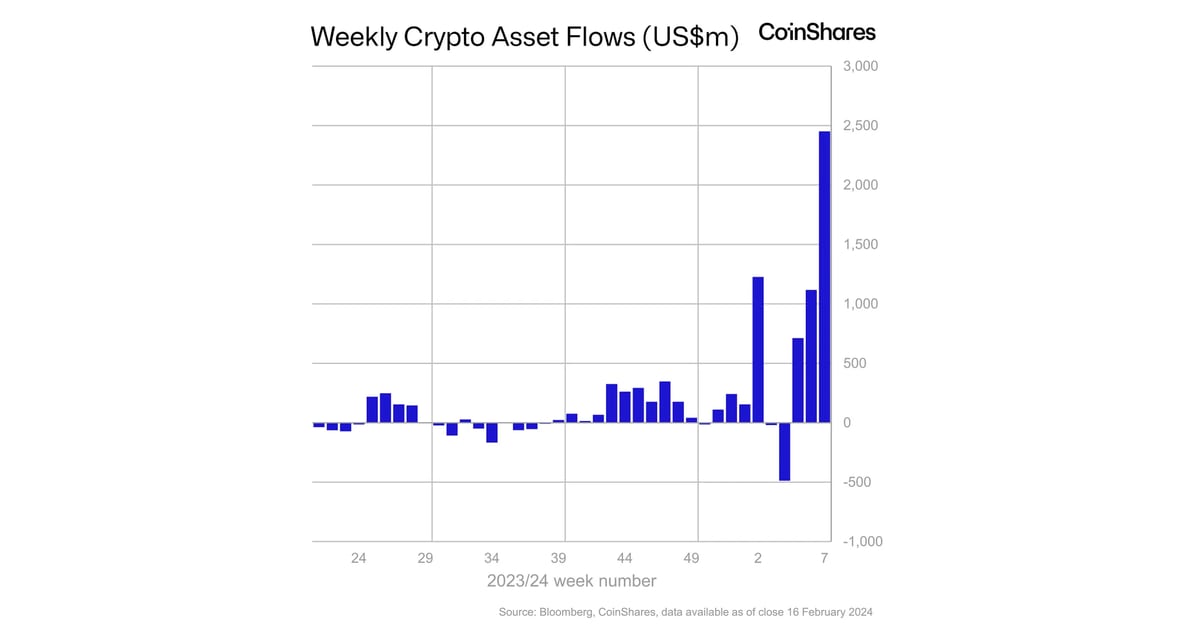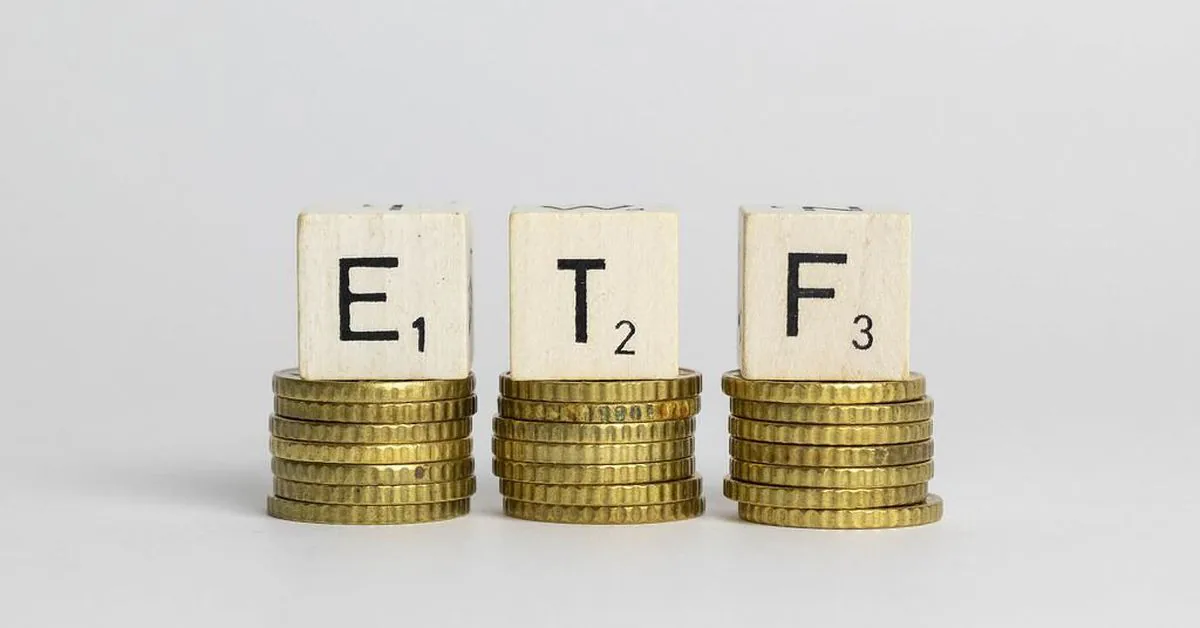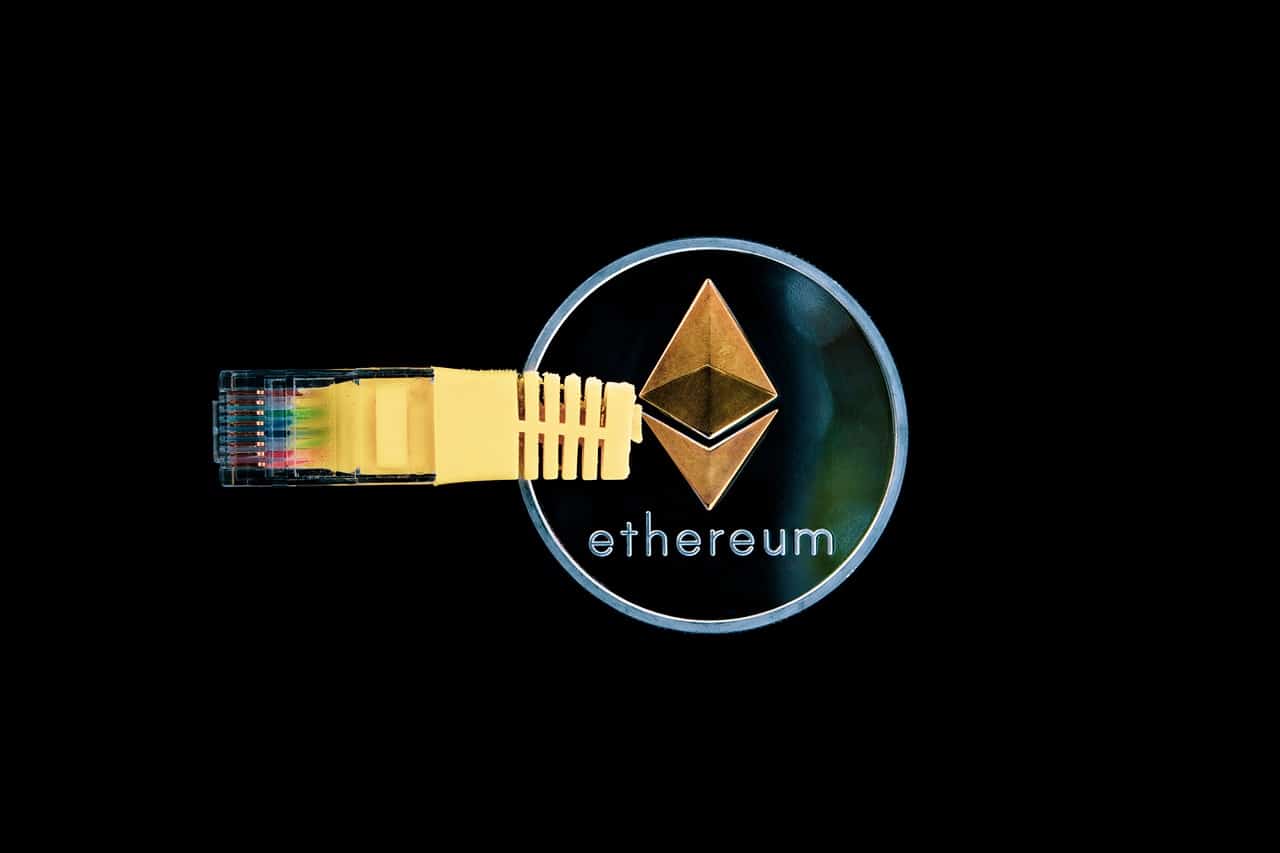Bitcoin Block Size: Where Bytes Matter and Money Talks
The Witness Discount Exploring the Cost-Effectiveness of BytesThe Witness Discount Why Not All Bytes Are Priced the Same
Oh, Bitcoin! The digital frontier, where bytes matter and money talks. This year, the demand for space within bitcoin blocks has skyrocketed, resulting in soaring fees for on-chain transactions. But here’s the kicker: much of this demand stems from transactions that contain inscriptions—yes, those sneaky little messages hidden within the witness data of bitcoin transactions.
Now you might be wondering, why are we giving these inscriptions a discount? Should we even consider soft-forking out the witness discount? It’s a fascinating conundrum, my fellow digital asset investors.
Let’s take a step back and dive into the whimsical world of bitcoin, where some bytes are cheaper than others. You see, money—whether it’s the traditional kind or the digital wonder that is bitcoin—operates on the foundation of human incentives. Bitcoin cleverly aligns the incentives of miners and transactors by rewarding miners with native bitcoin tokens for including specific transactions in blocks. But what about the incentives for node runners, senders, and recipients? Ah, there lies the rub.
To address this, Bitcoin has undergone three major improvements to date, each aimed at aligning these diverse incentives. First, there’s the clever limiting of block size, which ensures node runners don’t bear the brunt of relaying, verifying, and storing gargantuan amounts of transaction data. Satoshi Nakamoto, the enigmatic Bitcoin creator, once remarked, “We can phase in a change later if we get closer to needing it.” But he also warned against rushing into patching up the block size limit, as it is a hard fork change that requires meticulous coordination.
- Bringing Bad Actors to Justice: A Roller Coaster Ride in the Crypto World
- The Tokenization Revolution: A Humorous Take on the Future of Digital Assets
- LD Capital Macro Weekly Report (12.18) Powell’s unexpectedly dovish stance triggers a radical repricing in the market
Then came the ingenious introduction of P2SH, a soft fork that shifted the burden of complex script costs from senders to recipients. No longer did senders need to include the recipient’s full locking script in their transactions. Instead, they just included a handy hash of it. When recipients spent that output in the future, they included the complete script in the spending transaction. This nifty tweak saved on fees, simplified encoding, and made sharing via QR Codes a breeze.
But wait, there’s more! Bitcoin’s most audacious transformation to date is the introduction of the Segregated Witness (SegWit) soft fork. SegWit not only tackled the persistent problem of transaction malleability but also revolutionized the way bitcoin transactions are composed. By moving the authorization data (witness) out of the original transaction structure, it no longer hogged precious block space. A new, weighted combined limit ensured that witness data and transaction data were treated differently, providing an elegant solution to the block size dilemma.
Now, let’s get back to those sneaky inscriptions. You see, inscriptions are revealed within the witness data, which conveniently means they are charged at a discount of just 1/4 vByte per byte of inscription data. Is this a witness discount gone wild, you ask? Well, not quite. Validating inscription data requires minimal computational effort—just a simple hash check to ensure they match the intended inscription. This makes inscriptions far cheaper for nodes to validate compared to other transaction data. Oh, the wonders of incentive alignment!
But hold on a second! Inscriptions, fascinating as they are, have inadvertently contributed to higher fees, pushing out other users. It seems that inscriboooors have found greater economic incentives in making their inscriptions than many folks have found in making “regular” transactions. The solution lies in increasing the economic density of bitcoin transactions, my dear investors. Enter the Lightning Network, a marvel that packs hundreds, thousands, or even millions of economic transactions into a single bitcoin transaction. The denser the economic activity within a byte, the lower the fee paid. It’s a win-win for everyone!
Now, before we wrap up, let’s entertain the possibility of future advancements. If off-chain multisig protocols such as MuSig2 or FROST or adaptor signatures become prevalent, it might be wise to reconsider the witness discount. These protocols have the power to represent complex spending conditions with just a single signature, drastically reducing input costs. And with Taproot’s efficient key path spending, we might witness the cost of complex inputs dwindling down to a mere 105 Bytes. Isn’t technology marvelous?
In conclusion, my fellow digital asset enthusiasts, the response to high fees caused by inscriptions—or any other supposed “sky is falling” scenario—lies in patient building. We have a smorgasbord of possibilities to explore, from improved Lightning wallets to discrete log contracts, and beyond. Let us not hastily remove the witness discount or roll back Taproot, for doing so would only diminish the economic density of current bitcoin transactions and exacerbate the situation.
So, my friends, stay humble, stack sats, and let us continue building the future of finance—one byte at a time.
This is a guest post by Brandon Black. Opinions expressed are entirely their own and do not necessarily reflect those of BTC Inc or Bitcoin Magazine.
Hey readers! What are your thoughts on the witty world of bitcoin fees and inscriptions? Let us know in the comments below. And remember, stay tuned for more exciting insights into the world of digital assets. Keep stacking those sats and building your financial future!
We will continue to update Blocking; if you have any questions or suggestions, please contact us!
Was this article helpful?
93 out of 132 found this helpful
Related articles
- TVL is growing rapidly, community activities are ongoing, will the Sui ecosystem experience an explosion?
- This USDT is not the same USDT
- Stablecoins are recognized in Asia, but obstacles remain.
- Seven Hot DePIN Projects Reviewed Solana Leads the Way, with an Average Return of Over 6x
- Exclusive interview with a Bloomberg analyst SEC may simultaneously approve all Bitcoin spot ETFs, and Ethereum spot ETF may be approved in May next year.
- Weekly Selection| Bitcoin Plunges 7% on Monday, Over $450 Million Long Positions Liquidated; Inscriptions’ Popularity Reaches New Heights
- Why is the path to decentralization of the L2 sorter harder than reaching the blue sky?






